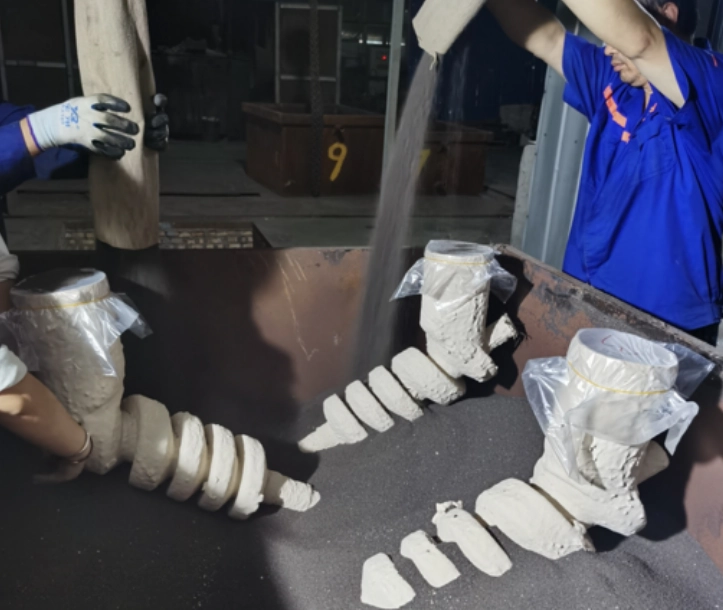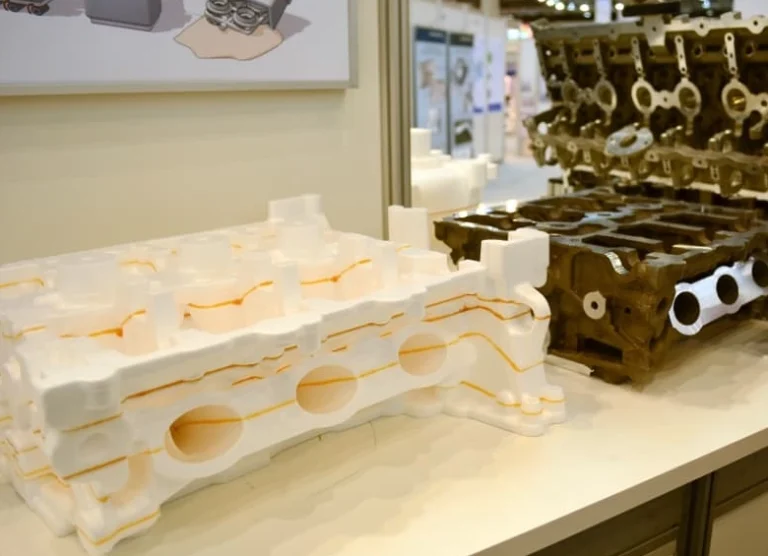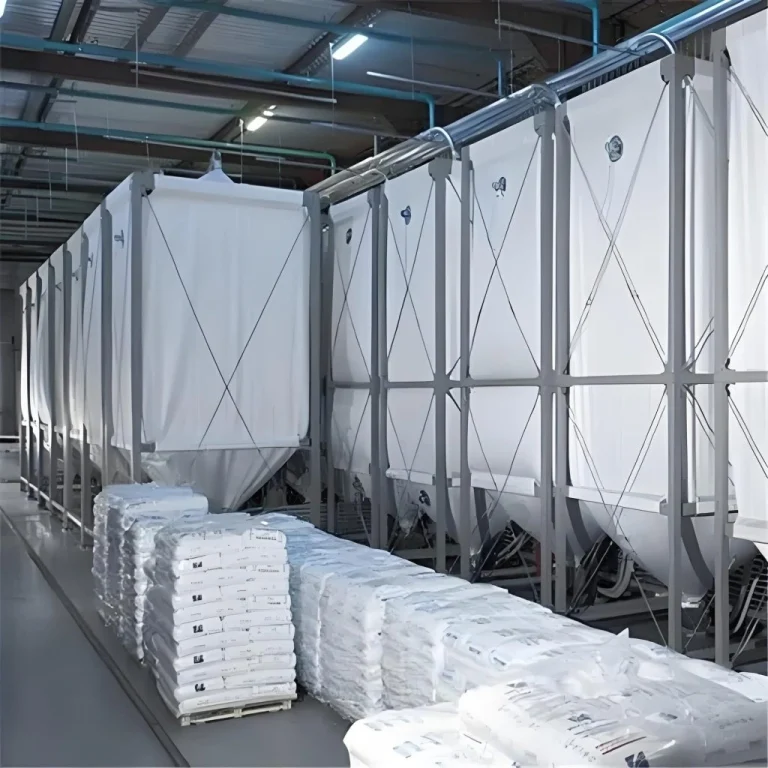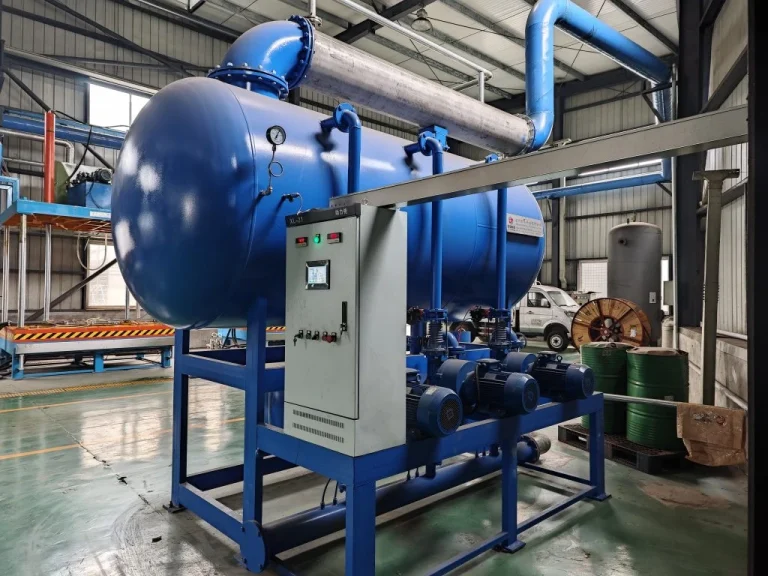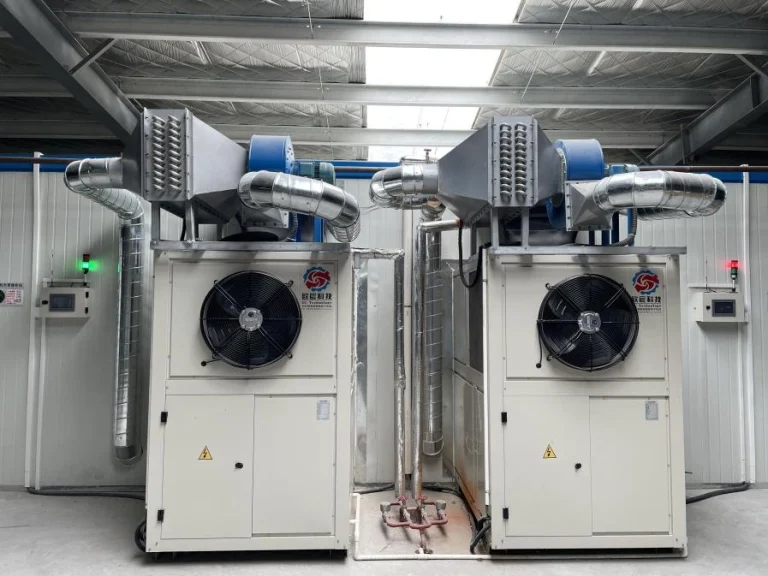Introduction to Lost Foam Shell Casting Method
The lost-foam shell casting method is a hybrid of investment (shell) casting and lost-foam (vaporizing-pattern) casting. In this process, an expandable foam pattern (usually EPS) is coated with a high-temperature-resistant ceramic (refractory) coating and baked to form a rigid shell over the foam. The coated foam pattern is placed in a dry-sand mold box and a vacuum (negative pressure) is drawn.
Before pouring, the foam pattern is ignited (typically at the sprue), so that the foam is burned away, leaving a hollow ceramic shell inside the sand. Molten metal is then poured into the evacuated cavity. The result is a high-precision casting (comparable to investment casting in surface quality) with virtually no carbon-related defects from the foam. The overall process – from pattern fabrication through pouring – is simple, efficient and low-cost, and can use essentially the same equipment as conventional lost-foam casting. Only one extra step (igniting the foam) is added just before pouring, and no special tooling changes are needed.
Process Description
The typical procedure involves several key steps:
Pattern fabrication: A foam pattern is made to the exact shape and size of the desired casting. Multiple layers of refractory-coated paint are applied to the pattern’s surface and dried (often in an oven) to form a thin, hard shell. This shell will serve as the casting mold once the foam is removed.
Packing the mold: The coated foam pattern is placed in a dry-sand mold box. The sand is vibrated or rammed to compact it snugly around the pattern. Then the gating system patterns (sprue and riser) are positioned: they are buried in sand so that their tops are at or just above the mold surface. The mold box is then covered with a plastic film (sealing sheet) flat on top.
Installing gating and vacuum: With the film in place, clay strips (adhesive sand) are arranged around the pouring gate opening and the pouring cup (sprue cup) is attached on the outside. Finally, the sand box is sealed and connected to a vacuum pump, evacuating the interior to the required negative pressure.
After these steps, the packed mold is ready for pouring. The foam pattern (and any foam in the gating) is ignited (usually from the sprue cup) under vacuum. The foam burns out rapidly, and the exhaust gases are drawn out by the vacuum system. Once the foam is mostly gone (often 90% burned), molten metal is poured into the cavity. The ceramic shell now supports the metal, and the casting solidifies to the exact shape of the original foam pattern.
Advantages and Disadvantages
The lost-foam shell casting process offers significant benefits. By removing the foam pattern before metal filling, it virtually eliminates the “carbon defects” inherent in conventional lost-foam casting. These defects (from carbon left by the foam) include excess carbon in the casting, slag inclusions, surface wrinkles, uneven alloy composition, coarse grains, hard/brittle surface zones, and porosity.
Eliminating these carbon sources yields excellent castings with improved internal quality and surface finish. In practice, castings produced by this method can approach the quality level of investment casting, while still allowing for large and complex geometry at relatively low cost.
However, the method also has challenges. The process is sensitive to the vacuum conditions. A sufficiently high initial vacuum (e.g. >0.06 MPa negative pressure) must be established before foam burnout to ensure that a modest vacuum (≈0.02 MPa) remains after burnout. If the initial vacuum is too low, the foam burn-out causes a rapid loss of vacuum and mold collapse.
Conversely, if the vacuum is too high, other defects such as sand sticking or porosity in the casting can occur. In addition, when the foam pattern is consumed, the plastic film (covering the mold) can burn through at the sprue or riser interface, allowing air or sand to leak in. This sudden loss of pressure (“three leaks” of sand, air, or metal) can cause the mold to collapse or entrap sand in the casting. In practice, these factors can make the process unstable without additional countermeasures.
Shell Collapse: Causes and Analysis
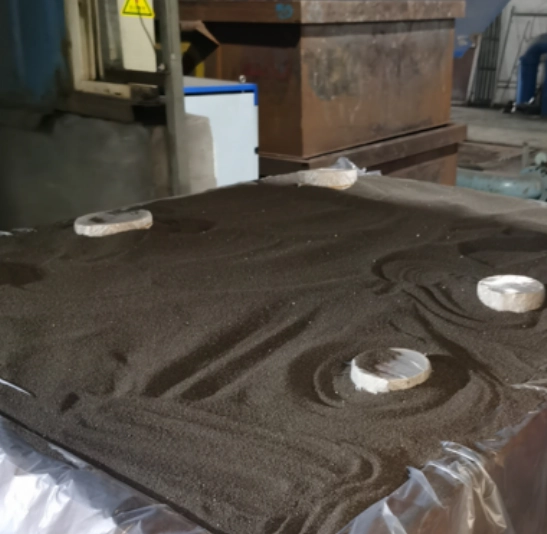
A critical defect in lost-foam shell casting is shell collapse (also known as a “couch” defect). Collapse typically happens in large castings or sections with enclosed cavities, usually during pouring or solidification. Key causes include:
Molten-metal “flash flow”. During pouring, part of the metal may divert under external forces and bypass certain regions of the cavity. In other words, some metal flows past the intended area and leaves some cavity volume unfilled. This “flash flow” effect means the sand structure is unevenly loaded, increasing the risk of collapse in unloaded areas.
Insufficient coating strength. Before burnout, the foam pattern buffers the incoming metal and protects the sand. After the foam is removed, the sand mold must be supported only by the hardened coating. If the coating lacks refractoriness or high-temperature strength, it cannot fully support the weight and erosion of the metal stream. In that case, the hot metal can erode and weaken the surrounding sand locally, causing it to cave in. This is particularly likely near large internal gates or thin sections, where the supporting shell is under heavy metal load.
Excessive gas evolution. Burning out a thick foam pattern under vacuum produces a large volume of gas suddenly. If the mold’s vents (and vacuum pump capacity) cannot keep up with this rapid gas generation, pressure will build up. In a worst case, the trapped gas can cause bulging or rupture of the mold structure. Insufficient venting or pump power thus can directly lead to shell collapse during burnout.
In practice, once the foam is ignited, conventional vacuum molding (plastic film covering a vacuum box) tends to fail. The film often burns through around the sprue or riser, causing the vacuum to drop precipitously and creating a large pressure imbalance between the inside and outside of the mold. This pressure surge can easily collapse the shell. One might try to compensate by setting a very high initial vacuum (e.g. –0.07 MPa), but in experiments this often introduces new problems (e.g. gas porosity) and is hard to control. In short, simply adjusting the vacuum has proven unreliable for preventing collapse.
Improved Pattern Packaging Method
To address the collapse problem, the pattern-packing procedure is modified so that the mold remains well sealed even after the foam burns out. In the improved method, the gating patterns are arranged to protrude through the sealing film and are reinforced with adhesive sand. The steps are as follows:
The foam pattern (cast model) is buried and compacted in dry sand as before.
The sprue and riser patterns are positioned so that their tops protrude above the sand box surface.
The plastic film is laid flat over the sand box, with the sprue and riser patterns poking through the film.
A ring of bonding (adhesive) sand is placed around each protruding sprue/riser pattern on top of the film and troweled smooth. The pouring cup is then installed over the sprue.
Finally, the vacuum box is sealed and connected to the vacuum pump as before.
This configuration ensures that the mold cavity remains effectively sealed during burnout and pouring. With the sprue and riser breaking through the film and bonded by the sand, the pressure inside and outside the cavity stays balanced, even after the foam is consumed. In other words, the air pressure difference across the mold changes very little during pouring, so the vacuum gauge reading remains accurate and stable. Moreover, once the bonding sand hardens, it holds the film firmly against the pattern surfaces, preventing the “three leaks” (air, sand, or metal). In effect, the mold now behaves like a closed shell: the foam burns out into a small, well-vented cavity rather than a wide-open flask. In practice, this improved packing nearly eliminates shell collapse and casting defects.
निष्कर्ष
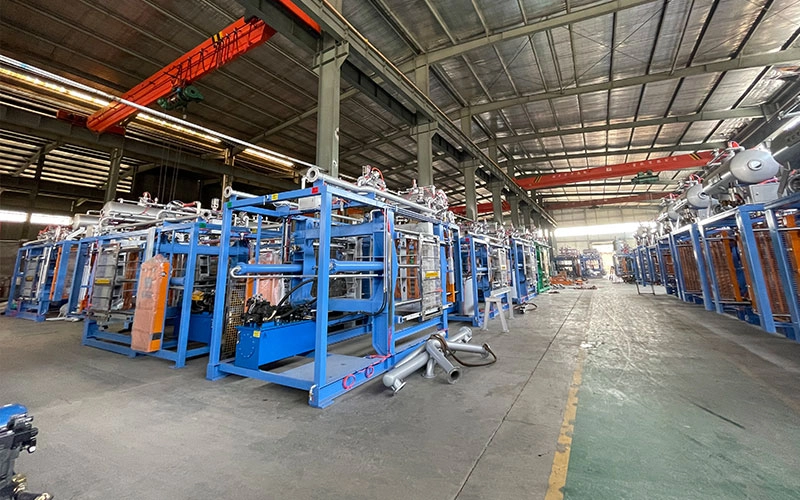
In summary, lost-foam shell casting is a promising precision casting method that combines the accuracy of investment casting with the simplicity and flexibility of lost-foam patterns. Its main advantage is the elimination of carbon defects, yielding superior castings, while its main challenge has been preventing mold collapse under vacuum. The improved packing technique – protruding gating through the film and reinforcing them with adhesive sand – effectively stabilizes the mold pressure during burnout. This innovation “overcomes the original shortcomings, eliminates box collapse, and guarantees casting quality”. As a result, the process achieves reliable high-quality castings with reduced scrap rates. Such refinements greatly enhance the practical utility of lost-foam shell casting for producing complex, thin-walled parts with investment-casting-level precision.
हांग्जो ओचेन टेक्नोलॉजी कं, लिमिटेड is a leading manufacturer specializing in advanced equipment for the lost foam casting industry. Our systems incorporate cutting-edge PLC automation, remote monitoring, and modular adaptability—making them ideal for the lost foam shell casting process described above. Whether you’re scaling up for high-volume production or improving the integrity of complex castings, our integrated solutions eliminate carbon defects and prevent mold collapse with unmatched reliability.
Ready to Upgrade Your Foundry?
Partner with Ouchen to modernize your casting operations. आज हमसे संपर्क करें to learn how our intelligent white area equipment can boost your production stability, minimize defects, and reduce costs.


